|
To stay up to date on all things Porsche, please visit the official US Porsche Newsroom, where you can learn about the latest in the company, products, and motorsports. There is an archive full of past press releases, along with a collection of rich images, videos, and articles.
 Atlanta, Georgia. For the 2022 model year, Porsche will offer three exclusive Panamera Platinum Edition models - the Panamera, Panamera 4 and Panamera 4 E-Hybrid Platinum Edition. All three models offer an even higher level of standard features focused on elevating the comfort and convenience of the Panamera even further at an attractive price, along with unique styling cues.
This begins with the exterior. Platinum Edition models ride on 21-inch Exclusive Design Sport Wheels which are painted in a Satin Platinum finish, with 20-inch Panamera Style wheels being offered as an alternative choice. The same finish is also applied to the air outlet grilles on the side of the car as well as the model designation and Porsche lettering at the rear. LED Matrix Design headlights with Porsche Dynamic Lighting System (PDLS) Plus offer an upgraded design as well a high-beam assistant. Side window trims in high-gloss black, Sport tailpipes in black and Exclusive design taillights round off the special Platinum Edition look. Underscoring the degree of customization, 13 different standard and metallic paint colors are available to choose from at no added cost, as well as four optional Special colors and the even more exclusive Custom Color offer. Entering the interior, door sill guards in brushed aluminum with “Platinum Edition” lettering are joined by Porsche crests embossed in all four headrests as well as black brushed aluminum trim throughout the cabin. Soft close doors are standard. Adding to the comfort of the Panamera, Platinum Edition models offer 14-way comfort seats with comfort memory, four-zone climate control, front and rear heated seats and front seat ventilation. All Panamera Platinum Edition variants feature Adaptive Air Suspension including Porsche Active Suspension Management (PASM), which allows the driver to select different ride heights and levels of firmness, enhancing ride comfort and handling. Blind spot monitoring (Lane Change Assist) and Power Steering Plus, which reduces steering effort at low speeds, are standard Platinum Edition features that add to the driver’s convenience. Platinum Edition models will also come with the latest generation Porsche Communication Management (PCM) system – PCM 6.0 – which includes Wireless Android Auto, Wireless Apple Car Play and SiriusXM 360L among other standard features. All of which plays through the powerful Bose Surround Sound system fitted as standard. The 325 hp Panamera Platinum Edition will start at an MSRP of $101,900. The Panamera 4 Platinum Edition, which adds all-wheel drive, will start at an MSRP of $106,000, and finally, the Platinum 4 E-Hybrid Platinum Edition will start at an MSRP of $115,200. All prices exclude the $1,350 delivery, processing and handling fee. Panamera Platinum Edition models are expected to reach U.S. dealers as of Spring 2022. Numerous upgrades to technology and equipment for the 2022 model year.Atlanta, Georgia. The 2022 Taycan and Taycan Cross Turismo which are due to arrive at U.S. dealers towards the end of this year will feature a number of enhancements. Significant upgrades include the integration of Android Auto in the Porsche Communication Management (PCM) system, as well as the availability of Remote Park Assist as an option for the first time on the Taycan. With this new optional assistance system, the process of parking the car can be controlled via a smartphone, without the driver needing to be at the wheel.
The Taycan can be personalized to a greater degree than ever before with the new Paint to Sample and Paint to Sample Plus options, meaning extensive personal color choices can now be selected. For example, the Taycan can now be painted in the ‘90s classic color tone Rubystar or in bright Acid Green. Technological enhancements The thermal management and charging functions have also been further improved as part of a series of technological developments to further optimize the Taycan’s drivetrain. With the Turbo Charging Planner, the high-voltage battery can now be heated to a slightly higher temperature than before. This means that fast charging is possible earlier and at a higher charge level, further reducing the time it takes to charge. In addition, the excess heat from the electrical components is used to an even greater extent for battery temperature regulation. Optional Remote Park Assist: remote control parking With the new Remote Park Assist option, it is possible to remotely control parking maneuvers via a smartphone when driving into and out of parking spaces without the driver needing to be behind the wheel. Automatic control is possible for both parallel and perpendicular parking spaces and garages. The system automatically detects parking spaces and measures them using the vehicle’s ultrasonic sensors and camera systems. If there is enough space, the driver can start the parking process via the Porsche Connect app and then get out of the vehicle. The driver continuously monitors the parking process by pressing and holding a button on the smartphone’s app interface. The Remote Park Assist function independently takes over steering and control of the forward and reverse movements of the vehicle. If the button is re-leased, the Taycan immediately stops the parking maneuver. Android Auto: now also integrated into the infotainment system The sixth generation of Porsche Communication Management (PCM) has been fitted to the Taycan since its introduction in 2019. The all-electric sports car has always been a connectivity pioneer, starting with the seamless integrations of Apple Music and Apple Podcasts. Along with Apple CarPlay support for the iPhone, Android Auto is now also integrated in the PCM. This means that smartphones with the Google Android operating system are now also supported when plugged in via the USB-C port. Selected phone functions and smartphone apps can therefore now be operated via PCM 6.0 or the Google Assistant voice commands. The Voice Pilot voice assistant has been enhanced and understands instructions in everyday language even better while the satellite navigation system calculates more quickly and also displays its information more clearly thanks to redesigned graphics. The layout and operating system have also been revamped slightly: there are now five menu options instead of three on the left side of the central display and the icons can be arranged individually. Cult colors make a comeback: even more individual paintwork In the ‘90s, Porsche introduced a number of particularly colorful paint finishes to its range. These quickly achieved cult status among fans of the brand and are especially popular today on classics like the 964-generation 911 models. These eye-catching colors are now making a comeback. As part of the continually developing personalization strategy of Porsche Exclusive Manufaktur, the Taycan is now also available with Paint to Sample and Paint to Sample Plus in addition to 17 standard paint colors. The first option – Paint to Sample - offers a choice of 65 additional colors, at present. This includes the Moonlight Blue Metallic, Acid Green, Rubystar, Riviera Blue and Viola Metallic colors that are so characteristic of Porsche. The second option, Paint to Sample Plus, gives customers almost complete freedom in their choice of color, even permitting them to match their Taycan to their favorite accessory. Successful Taycan sales The Taycan has been selling particularly well this year. With 5,367 vehicles delivered in the first half of 2021 in the U.S., the year-to-date number is already higher than the total for 2020 (4,414 units). Sales of the latest member of the Porsche model range are therefore on a par with those of the sports car icon, the 911. Bestseller updated to be stronger, more capable and more attractive than everAtlanta. The Porsche Macan has written its very own success story: Since its market launch in 2014, over 137,000 units of the compact SUV have been delivered in America, bringing in new customers to the brand in the process. Now, a new chapter is being revealed, further enhancing the Macan. Reaching U.S. dealers starting early next year, the 2022 model year brings a host of significant enhancements and updates making it more capable than ever.
Enhanced styling with familiar Porsche design DNA Exterior design is one of the most frequent reasons given for purchase by Macan owners. The 2022 model continues to answer this calling, with a new look to its front end with integrated cooling air intakes and front trim in body color. The rear of the car – which features a black diffuser that has been stretched upwards – stands out compared to the previous version. The side blades now feature a 3D, textured structure element, enhancing this area even further. LED headlights and standard Sport Design exterior mirrors complete the updated appearance. Seven new wheel designs are available, and the standard wheel size has increased to between 19 and 21 inches, depending on the model. Befitting its new position as the top model, the updated Macan GTS has a number of striking design elements that distinguish it from the other models in the line-up: 21-inch RS Spyder Design wheels in satin black, Sport Design side skirts, clear LED taillights and a Sport Exhaust system with black tailpipes complete the look. More power and increased performance for all variants Another core attribute of the Macan appeal is its emphasis on performance. To this end, all 2022 models feature a standard 7-speed dual clutch PDK transmission, all-wheel drive and powertrains that are more powerful than those of their predecessors. The Macan range begins with a turbocharged 2.0-liter four-cylinder engine that now delivers 261 hp and 295 lb.-ft. of torque – an increase of 13 hp and 22 lb.-ft. compared to the 2021 model it replaces. The result is 0 to 60 mph in just 5.8 seconds when equipped with the optional Sport Chrono Package (0.3 seconds quicker than previously) and a top track speed of 144 mph. The Macan S is also equipped with a more powerful engine for the 2022 model year. Generating 375 hp and 383 lb.-ft. of torque, the 2.9-liter twin-turbo V6 from the outgoing Macan GTS now sits under the hood of the latest S model, with 60 mph reached from standstill in 4.4 seconds with the optional Sport Chrono Package – half a second quicker than the 2021 Macan S. Top track speed is 160 mph. The new Macan S also comes with Porsche Active Suspension Management (PASM) as standard. Representing the new top model of the 2022 Macan range is the GTS variant. Fitted with a 434 hp version of the 2.9-liter twin-turbo V6 generating 406 lb.-ft. of torque used in the previous Macan Turbo, it sprints from 0 to 60 mph with optional Sport Chrono Package in 4.1 seconds and continues on to a top track speed of 169 mph – 2 mph faster than the 2021 Macan Turbo. Befitting its status as the top performer in the range, the Macan GTS is fitted with Porsche Surface Coated Brakes with red calipers and adaptive air suspension with 10 mm lower ride height as standard. The suspension of the Macan GTS is up to 15 percent stiffer than before, further reducing body roll, and also features updated bump stops and strut mounts. Newly calibrated dampers also offer a greater breadth of comfort and performance. Optional Sport Package for Macan GTS As a new option, the dynamic capabilities and appearance of the new Macan GTS can be further enhanced with the new GTS Sport Package. It includes the Sport Chrono Package, Porsche Torque Vectoring Plus, 18-way Adaptive Sport Seats, Sport Design mirrors with caps painted in high-gloss black, front and rear fascia as well as side skirts in satin black and 21-inch GT Design wheels shod with special high-performance tires. The interior of the GTS equipped with Sport Package is characterized by carbon fiber elements, deviated stitching and greater number of Race-Tex interior features. Upgraded interior with new center console The enhancements to the 2022 Macan models continue inside the car. The analog clock on the dashboard is standard, as is a redesigned center console that offers haptic touch elements to lend it a clean, simple look that also allows for improved practical elements, such as a larger storage compartment. The new – and shorter – gear lever also integrates seamlessly into the new console. New GT Sport steering wheels adopted from the 911 are also available and offer the perfect interface between spirited drivers and the car. The 10.9 inch full-HD touchscreen in the Macan offers standard navigation and Apple Car Play® and can be optionally upgraded with enhanced audio systems. As a new option, interior packages with deviated stitching in Papaya, Gentian Blue and Chalk are also available. Extensive array of optional driver assistance systems The 2022 Macan models come standard with Lane Departure Warning as well as front and rear Park Assist with a rear-view camera. Beyond this, it can be optioned with a number of driver assistance systems. These include self-steering Park Assist, adaptive cruise control, Lane Keep Assist and the blind spot monitoring Lane Change Assist function. Pricing and availability The 2022 Porsche Macan is expected to arrive early next year with a starting MSRP of $54,900 excluding $1,350 for delivery, processing, and handling. The 2022 Porsche Macan S and GTS are expected to reach U.S. dealers in the Spring. The Macan S has an MSRP of $65,400 while the Macan GTS starts at $79,900, both not including $1,350 for delivery, processing and handling. Visit newsroom.porsche.com for more photos and video footage of the new Macan. 2022 Porsche 911 announced: 911 GT3 pricing, enhanced tech and new options across the range5/10/2021
2022 Porsche 911 GT3 pricing to start at $161,100, Android Auto added to list of featuresAtlanta, Georgia. Porsche announced changes today for the 2022 911 model line including upgrades to the car’s comfort and communications systems. Leading the 2022 911 model lineup is the new 911 GT3, the most focused and agile ‘992’ generation car yet. To discover more about this thrilling 911 variant, please follow the link to watch a film where Andreas Preuninger, Director of the GT model line, shares his thoughts on the new GT3 on Porsche’s YouTube channel.
The 2022 Porsche 911 GT3 is now available for U.S. customers to configure and order. The new model carries a starting MSRP of $161,100 excluding a $1,350 delivery, processing and handling fee. The Porsche 911 GT3 is expected to arrive in the U.S. as part of the 2022 model year, reaching dealers by Fall 2021. A complete list of 2022 model year pricing for the 911 model line is available below. Starting with the 2022 model year, all 911 models will also see an expansion of connected services as the result of adopting the latest generation of Porsche Communication Management (PCM), accessed through a 10.9-inch touchscreen display, combining navigation, entertainment, comfort and communications systems. The new PCM, which is based on the operating concept first introduced in the Porsche Taycan, offers a simplified interface that is similarly flexible in layout and personalization. The updated system will also mark an extension of the trial period for connected services to three years, expanding on the current one-year period. Following the initial trial, the services are subscription based. These will include Porsche Connect for three years. Porsche Connect encompasses a range of useful, convenient services and features – they include Voice Pilot with natural language understanding activated using “Hey Porsche,” Navigation Plus including real time traffic information and online map updates, Calendar, and Radio Plus. Wireless and wired Apple CarPlay continue to be included and will be rolled into the trial period. For the first time in a new Porsche vehicle, Android Auto™ will also now be available. Additionally, SiriusXM® with 360L will come as standard with a 3-month trial subscription, expanding the range of available channels. As with the Taycan, the new PCM also adds direct integration of Apple Music® and Apple Podcasts®, subject to a separate subscription with Apple. In addition to the new touchscreen interface, 911 Carrera, Targa and Turbo models fitted with PDK may now be equipped with optional Remote ParkAssist, which allows users standing outside to pull an equipped vehicle in or out of parking spaces using their smartphone. This option will also come bundled with Active Parking Support that can be triggered inside the vehicle via the new PCM and a new 3D Surround View as well as Rear Cross Traffic Alert with Lane Change Assist. Atlanta, Georgia. The Taycan Cross Turismo draws on the strengths of its sport sedan sibling. This means that it shares its focus on performance, on providing a sure-footed, fun and exciting driving experience as well as refinement and comfort when required while defining its own place in the market, as every Porsche strives to do. The Taycan Cross Turismo adds to this mix with increased ground clearance and cargo capacity, making it more adept when the conditions are challenging and more versatile, yet it still remains a Porsche at its core.
The similarities The crossover version will launch with four variants: the Taycan 4 Cross Turismo, Taycan 4S Cross Turismo, Taycan Turbo Cross Turismo, and Taycan Turbo S Cross Turismo. All variants of the Cross Turismo will feature dual-motor all-wheel drive, two-speed rear transmission, Porsche Adaptive Suspension Management in conjunction with air suspension, Performance Battery Plus and its 800-volt battery architecture, adaptive aerodynamics, panoramic glass roof, and Porsche’s PCM system that puts navigation, entertainment, and charging systems, right at your fingertips. Also crossing over from the sedan will be the myriad of color, interior, trim, as well as a Cross Turismo specific items such as the Off Road Design Package and 20-inch Off Road Design and 21-inch Cross Turismo Design wheels. All told, the eight-member Taycan family can be ordered in over 21,000 combinations based solely on variant, wheel choice, exterior color, and interior selection. Dig deeper into the Porsche Configurator, and details like deviated stitching, seat type, and technology options, such as Porsche InnoDrive incl. Adaptive Cruise Control (ACC) and Active Lane Keep (ALK) or Active Parking Support, gives a high level of customization to make the car perfectly fit nearly any lifestyle. The differences Starting from the side profile, the Taycan Cross Turismo features a longer, flatter roofline compared to its sedan counterpart. This provides front seat occupants with 0.35 inches and rear seat occupants with 3.62 inches of additional headroom. The cargo space is larger too, with up to 15.7 cubic feet for the Taycan 4 Cross Turismo and Taycan 4S Cross Turismo, and 14.3 cubic feet for the Taycan Turbo Cross Turismo and Taycan Turbo S Cross Turismo. And like the sedan, the rear seats can fold forward to create even more space, up to 42.8 cubic feet. Of course, the front trunk of 2.9 cubic feet remains. For larger or bulkier items, a roof transport system that integrates into the standard roof rails is available from the factory, and an additional a rear mounted bike rack is also available via Tequipment. The fender extensions, unique rocker panels, front and rear fascia, as well as a 20 millimeter (0.78 inches) higher ride height further differentiates the Taycan Cross Turismo from its sedan counterpart. The additional ride height allows for easier ingress and egress into the cabin, as well as the ability to clear taller obstacles without touching the underbody. The standard air suspension allows drivers to further raise the ride for greater clearance. The Off Road Design Package adds additional body cladding and raises the ride height an additional 10 millimeters (0.39 inches). The capabilities Though not designed as a rock crawling off-roader, all Taycan Cross Turismo variants feature a Gravel mode that simultaneously increases the ride height an additional 10 millimeters, sets the suspension firmness, traction and stability control, as well as the torque management system, to maximize grip over loose surfaces, like mud, sand, and gravel. Combined with additional body cladding to minimize errant rock chips to the body, the Taycan Cross Turismo is just as effective on rough surfaces as it is on the asphalt. On more sure-footed roads, the Taycan Turbo S Cross Turismo can accelerate from a stop to 60 miles per hour in 2.7 seconds, just 0.1 seconds slower than its sedan counterpart. The Taycan Turbo Cross Turismo can make the sprint to 60 mph in just 3.1 seconds, while the Taycan 4S Cross Turismo and Taycan 4 Cross Turismo can get to 60 mph in 3.9 and 4.8 seconds respectively. Inside the car, the Taycan Cross Turismo features three years of Porsche Connect that includes wireless Apple CarPlay, Function on Demand, Plug and Charge capabilities, Apple Music, over the air updates. Additionally three-years of free Electrify America charging is also included as standard. Additional optional equipment such as Porsche InnoDrive including Adaptive Cruise Control (ACC) and Active Lane Keep (ALK), , Head Up Display, 14-way seats with massage functionality, Bose and Burmester audio systems, and multiple exterior colors and interior trims are available to choose from- all in a Porsche typical sports car drive train layout. Pricing and availability The Taycan Cross Turismo models start at $90,900, not including the $1,350 delivery, processing and handling fee. Comparing a Taycan 4 Cross Turismo to a comparably equipped Taycan sedan the additional standard equipment; Performance Battery Plus, adaptive air suspension including PASM, fixed panoramic roof in glass, the difference in cost is $1,530. This is more than made up by the addition of all-wheel drive, taller ride height, revised fascias and sideskirts, improved passenger headroom, and greater cargo and interior space as standard equipment. The Taycan Cross Turismo is expected to arrive at U.S. dealerships in summer 2021. EPA range figures will be announced closer to market launch. The eBike To complement the Taycan Cross Turismo, Porsche is launching two electric bicycles. The Porsche eBike Sport is street-oriented and features a full-suspension carbon-fiber frame, Magura brakes, Shimano drivetrain, and Supernova lighting. Suspension duties are handled by a Fox shock in the rear, and a Magura upside-down fork at the front. For riders that prefer to get dirty, the Porsche eBike Cross features Magura MT brakes, hydraulically adjustable Crankbrothers seat post for quick seat height changes, and a Shimano trip computer. Both bikes ride on carbon wheels inspired by the roofline of the Taycan, will come in three sizes and be available by spring of 2021 through your Porsche dealer. An electric Porsche with an MSRP of $79,900, rear-wheel-drive, and all the compelling Taycan attributes
Atlanta, Georgia. A new variant of Porsche’s electric sports car is set to launch – joining the Taycan 4S, Taycan Turbo and Taycan Turbo S. Simply called the Taycan, the new model is now on sale in the United States. This variant differentiates itself through its rear-wheel-drive layout – removing the front power unit takes approximately 200 pounds of weight from the front of the car. The MSRP for the new 2021 Taycan is $79,900, not including the $1,350 delivery, processing and handling fee. Like all other Taycan models, it also qualifies for a federal tax credit of up to $7,500. EPA estimated range will be available before model launch. The 2021 Taycan is expected to arrive at U.S. dealerships starting early Spring 2021. Power unit The Taycan shares the same rear power unit and battery architecture as the Taycan 4S, and utilizes a permanent magnet synchronous electric motor with a rotor diameter of 245 mm and length of 130 mm, as well as a 600-amp pulse inverter. Like all other Taycan variants, the Taycan benefits from a two-speed transaxle to provide strong and seamless acceleration, with efficient highway cruising. Two battery configurations are available. The Performance Battery features a gross capacity of 79.2 kWh and can charge at up to 225 kW. The larger Performance Battery Plus weighs approximately 170 pounds more, features a gross capacity of 93.4 kWh and can charge at up to 270 kW. Regardless of size, both take just 22.5 minutes to charge from 5% to 80% when the appropriate battery state of charge and temperature are met, and the car is connected to a compatible high-speed DC fast charger. These two battery configurations also determine performance potential. The standard Performance Battery provides the power to produce up to 402 horsepower (300 kW) and 254 pound-feet of torque from the Taycan’s single rear motor. When equipped with the optional Performance Battery Plus, the motor can produce up to 469 hp (350 kW) and 263 lb-ft of torque. Regardless of battery configuration, the Taycan can accelerate from 0-60 mph in just 5.1 seconds and has a top track speed of 143 mph. With the standard battery, the Taycan covers the quarter mile in 13.7 seconds, while the larger pack shortens the sprint to 13.5 seconds. Brakes and chassis systems The Taycan comes standard with 19-inch Taycan Aero wheels, six-piston front brakes and four-piston rear brakes. This setup is similar to the Taycan 4S, but the color of the wheels and the calipers differ. The Taycan will feature black calipers and alloy wheels painted in brilliant silver as standard, while the 4S is equipped with red calipers and polished alloy wheels with high gloss black spokes. As on other Porsche Taycan models, Porsche Surface Coated Brakes and Porsche Ceramic Coated Brakes, as well as 20- and 21-inch wheels are optional. Regenerative braking via the brake pedal remains, as does its class-leading 265 kW recuperation rate. Typical of Porsche sports cars, Porsche Active Suspension Management is standard. This function serves to adjust the dampers to suit the ride from soft for comfortable highway cruising to stiff for the track or mountain road. For maximum flexibility, the suspension setting can be controlled independently via the touch screen or dash button or together with powertrain calibration via the touch screen or optional steering wheel mounted mode dial. Adaptive air suspension can be ordered as an option. Typical Taycan Even in rear-wheel drive layout, the Taycan still expresses all the performance attributes of its more powerful siblings. With a coefficient of drag of just 0.24, it remains the most aerodynamically efficient production Porsche (when equipped with the optional air suspension the figure drops to 0.22). The low-slung battery gives the Taycan the lowest center of gravity of any road-legal Porsche. And the rear-wheel drive Taycan adds one more superlative: it is the most powerful standard model variant Porsche has made. The same features found on other Taycan variants are all here: Porsche Connect with Apple CarPlay, Function on Demand, Plug and Charge, Apple Music, over the air updates, and three-years of free Electrify America charging—all included with the car as standard. Additional optional equipment such as Porsche InnoDrive with Traffic Jam Assist, a 19.2 kW on-board charger, Head Up Display, 14-way seats with massage functionality, upgraded audio systems, and multiple exterior colors and interior trims are available to choose from- all in a Porsche typical sports car drive train layout. Taycan buyers will be able to track the progress of their car from their smartphone, from build to delivery, through the Porsche Track Your Dream service, also available for the 911. One year after Porsche became a member of the Value Balancing Alliance, Sebastian Rudolph, Vice President Communications, explains the initiative’s aims. Mr Rudolph, “value balancing” sounds at first more like private ethical and moral self-reflection rather than the economic model of a company…
Rudolph: That’s right – at first glance – but there’s a lot more to it than that. The important thing is to support society sustainably; especially in these times. At the same time you have to make sustainable actions measurable – economically, ecologically and socially. So what exactly is the Value Balancing Alliance, which sets out to make companies take a good look at themselves? Rudolph: The aim of the Value Balancing Alliance is to also represent the social market economy on the balance sheet. It’s about the values that companies ascribe to – their internal compass. International companies are having a growing influence on prosperity and the society. Up to now, their success has mainly been measured through sales revenue and results. We want to add ecological and social aspects. The initiative is creating a new common language, which all member companies can use as a basis for communication and for making the right decisions – for their company, society and the environment ... Rudolph: That’s right. However, the long-term objective is even greater: this language should be spoken by all companies worldwide, so that everyone aligns their actions to achieve real added value for society. This is the goal the Value Balancing Alliance is striving to achieve. Leading the way are, for example, Porsche for the VW Group, BASF, SAP and Bosch. Why is Porsche supporting the initiative? Rudolph: Sustainability and social responsibility play a key role for us. We established the Sustainability Rating as a binding award criterion for suppliers of production materials in 2019. We use this to check observance of our social and environmental standards or compliance requirements, for example. We also take responsibility in the extraction process for raw materials, for example as a member of the Responsible Mica Initiative. The aim is to improve working conditions in the mining of mica pigments for car paints. In addition, we are pursuing an ambitious decarbonisation programme and have already implemented carbon-neutral manufacturing at the Zuffenhausen site. By 2025, around half of our fleet will be electrically powered. Porsche has been on board for one year – what has happened in that time? Rudolph: A great many positive things. The first pilot phase has been completed and the findings are good. We examined ourselves very closely and asked: what contribution does Porsche make to the gross domestic product? How many jobs have we created, directly and indirectly? How much human capital have we created through further education? And what is the status of our ecological footprint? All these aspects were analysed, quantified and monetised. We looked at our production sites in Stuttgart and Leipzig as well as the business activities at our international sites. In total, 93 companies belonging to the Porsche Group were considered. Supply chains were also analysed: that is to say the environmental, social and economic impacts of the Group even before deliveries reach our sites. We have never examined ourselves in such a comprehensive light and it was really interesting. What do these results mean for Porsche? And what’s next for the Value Balancing Alliance? Rudolph: The results show the contribution that we make globally and exactly what it is. The first step was to understand these impacts. Now it’s about action. With the next two pilot phases, the methodology will be consolidated and refined. If all the impacts of our actions can be expressed in numbers, better decisions can be made. A common language also brings comparability – will Porsche be in a continuous duel with other automobile manufacturers when to comes to social and ecological sustainability in the future? Rudolph: There is already comparability within the industry. There are ratings that compare the sustainability performance of companies. Sustainability reporting is also developing in this direction. This creates transparency for the public but it is also valuable for the company itself to know where it stands. Especially if you set out to take on social responsibility. In times of economic uncertainty and the coronavirus crisis, the question of whether it might not be more important for companies to secure jobs instead of spending on sustainability projects could be asked ... Rudolph: Of course, it’s a company’s responsibility to preserve jobs. Porsche is setting a very good example here. At the same time, it’s about creating values, such as looking after one another, like in a family. The central elements of our culture at Porsche are more important than ever. Employees are increasingly paying attention to how sustainable their employer is. Our high level of attractiveness as an employer is good proof of that, and an incentive for future projects at the same time. Porsche Digital, the subsidiary of the Stuttgart-based sports car manufacturer, is expanding its product portfolio. The digital assistant ‘Sounce’ offers an improved ability to detect noise – for example, during vehicle component tests. Among other things, the aim is to improve the development and production of components in the automotive industry. The technology, which uses deep learning methods, can reliably and precisely detect noise, for example during endurance tests. This takes the strain off development engineers in particular, who normally have to be personally present throughout such tests. The assistant also makes error documentation more precise and simplifies root cause analysis.
“With Sounce, it is possible to reliably check the noise development of load-bearing components round the clock and under various conditions. This enables us to improve the opportunities for analysis in early component tests,” explains Patricia Rennert, Head of Industry Solutions at Porsche Digital. Acoustics testing based on artificial intelligence (AI) increases quality and reduces costs across a wide range of applications. Designed for the automotive industry and partnersThe technology can be applied to various areas. It is conceivable, for instance, to use it in test situations where a large number of different acoustic signals make analog analysis via the human ear difficult. The Industry Solutions division of Porsche Digital designed and developed the so-called Software-as-a-Service (SaaS) solution together with the development department of Porsche AG. Porsche Digital is responsible for operating the technology. “Developing technological industrial solutions is our core competence and therefore one of our main strategic approaches. Sounce impressively underlines the possibilities, which are offered in particular by our deep tech experts,” explains Mattias Ulbrich, Chief Executive Officer of Porsche Digital GmbH. Following the pilot implementation, the solution is now offered to external customers. Engineer Laura Kukuk is in demand all over the world as a sports cars appraiser and classic vehicle expert. The 27-year-old takes a closer look at the story behind the 911 Targa 4S Heritage Design Edition. Sometimes looks say more than a thousand words: anyone who is out on the road with the new Targa 4S Heritage Design Edition will know what I am talking about. People meet you with a sense of familiarity and delight, combined with just a touch of astonishment: “What kind of car is that?” they ask. It’s understandable – many design elements recall the purist 550 and early 356 models, as well as the first Targa cars of the early 1960s. But this is in fact an ultra-modern Porsche 911 of the current age. As an appraiser and classic car expert, I am extremely lucky to spend my working days examining and testing some very special vehicles. Alongside the technical aspects, much of my work is focused on checking the originality of the details. I also conduct extensive research into a vehicle’s history, because a car comes to life only when its story is known. In my line of work, a passion for detail is an absolute must and that is exactly where I would like to start here – with the details. In order to study the special elements of the Heritage Design Edition, I have taken an early Targa model from 1971 with a 2.2-litre engine and black/black Pepita seats to use as a reference. With the two cars side by side, many parallels are noticeable. Let’s start with the wheels: on one car, the classic Fuchs rim – the world’s first forged aluminium wheel. On the other, a modern interpretation that brings the design firmly into the 21st century. Meinerzhagen is not far away from the Kukuk engineering office, so we have a special relationship with the Otto Fuchs foundry. Thanks to a combination of innovation and clever craftsmanship, Otto Fuchs succeeded in establishing a new manufacturing method for wheel rims, namely forging an aluminium alloy in one piece, which resulted in a significant reduction in weight. Even from the age of about six I associated the famous Fuchs rim with the Porsche 911, and I would often be irritated if I saw a Porsche fitted with other wheels. The impeller wheel design is still known as the “Fuchs rim” all over the world right up to the present day. For the Heritage Design Edition, the Fuchs rim in cloverleaf form was revived and reinterpreted, with both the black high-gloss elements and the bright aluminium side faces establishing a link. The brake calipers are painted black to maintain the particularly classic look, so they blend inconspicuously into the background. Meanwhile, the wheel hub is adorned with the traditional Porsche logo from 1963. Tip: the classic Fuchs rim can still be purchased today from Porsche Classic. As an engineer, I am really impressed by the design of the Targa roof in particular. No, I’m not talking about the historic Targa bar with the small, manually removable roof and the folding soft window, which was a milestone back in its day. Rather, I’m looking at the new mechanism. It is a true engineering feat to develop something that opens a rear window weighing 13 kilograms before lifting it smoothly over the Targa bar, and stowing it so elegantly – especially in just 15 seconds. Inside, is a two-tone interior; seat panels and interior door trims made of corduroy; a perforated leather roofliner; and leather-trimmed A-pillars and instruments. A visual highlight is the historic Porsche crest, which can be found on the steering wheel, head restraints and centre armrest. Another detail that I really want to emphasise, and which is also based on the early models, is the traditional Porsche analogue rev counter, which features the typical green digits of the 1950s, just like the stopwatch. Now, if that is not attention to detail. The Cherry Metallic paintwork of this car is ideally matched to the two-tone interior and works in harmony with the corduroy of the seats and interior door trim panels. There are various decorative trim elements to be discovered, such as the “Heritage” badge on the engine grille, which was handed to the early Porsche 356 owners after they had successfully completed the first 100,000 kilometres, as well as the traditional gold Targa logo on the rear. The spears applied to the two front CFRP wings are a particular highlight. This type of paintwork or decal application was used in the early days of motorsport, when the elongated “eyelashes” were chosen in the works or national colour so that the teams could identify their cars from a distance on the race track. Before I get in the car, one element at the upper end of the windscreen frame catches my eye. The aerodynamics specialists at Porsche have developed a kind of spoiler that extends or retracts depending on the airflow and speed, thus ensuring improved wind routing in the cabin. This reminds me how in the early days of the Targa, owners would open the windows slightly to reduce the drumming noise. I set off on a lap of the Chiemsee lake, east of Munich – it’s as close as we’ll get to the Targa Florio today. The famous Sicilian endurance race has been on my bucket list since I was a child, and so the name “Targa” has a great personal appeal to me. Harald Wagner, who was Porsche’s Director of Sales, said in 1965 that it was “a happy coincidence that Targa means ‘shield’.”. This special link to Porsche’s five Targa Florio victories between 1956 and 1965 – and to the idea of a shield and safety – make this name feel particularly appropriate.
Having spent some time with the car, I can say that the Heritage Design Edition succeeds in combining the best historic aspects and details of the early Targa and reinterpreting them using state-of-the-art technology. With its references to the 1950s and 60s, the 992 cleverly transports a feeling of heritage into the present. The result is a modern vehicle offering plenty of comfort, while lovingly combining the feelings evoked by the first models. |
Archives
February 2024
Categories
All
|
Your Porsche SpecialistServing all your Porsche Long Island dealership needs (Nassau & Suffolk), New York City (Queens, Manhattan, Brooklyn, Bronx, Staten Island) & surrounding areas. Our NY Porsche dealership is conveniently located on NY's Long Island Gold Coast in Jericho.
We are an authorized Long Island Porsche Jericho dealership for your next Porsche 718, Porsche 911, Porsche Taycan, Porsche Panamera, Porsche Cayenne, and Porsche Macan. |
Sam GadkarTop 100 Worldwide - Sales Excellence
Porsche Certified Global Brand Ambassador Porsche Exclusive Manufaktur Partner Cell/Text: 516.476.0167 E-mail: [email protected] |
Porsche Gold Coast125 South Service Road
Jericho, NY 11753 Cell/Text: 516.476.0167 Dealer Site: www.porschegoldcoast.com Roadside Assistance: 1-800-PORSCHE Porsche Roslyn is now Porsche Gold Coast Go to Porsche Configurator |
Images and photos copyright Porsche Cars North America, Inc., or Porsche Gold Coast
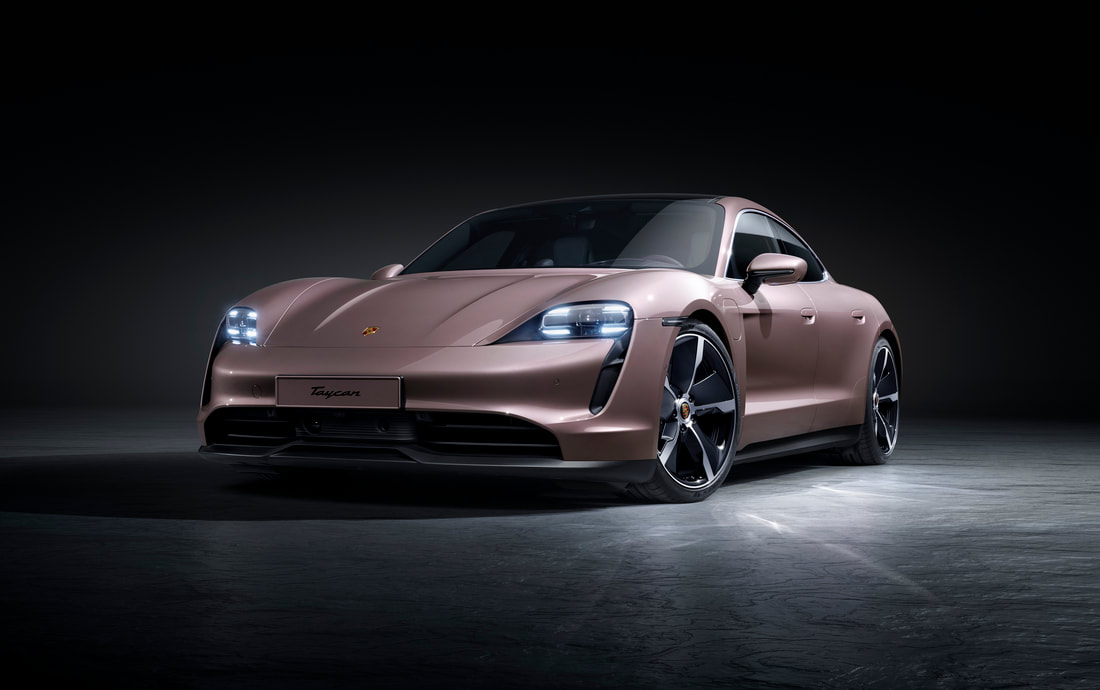

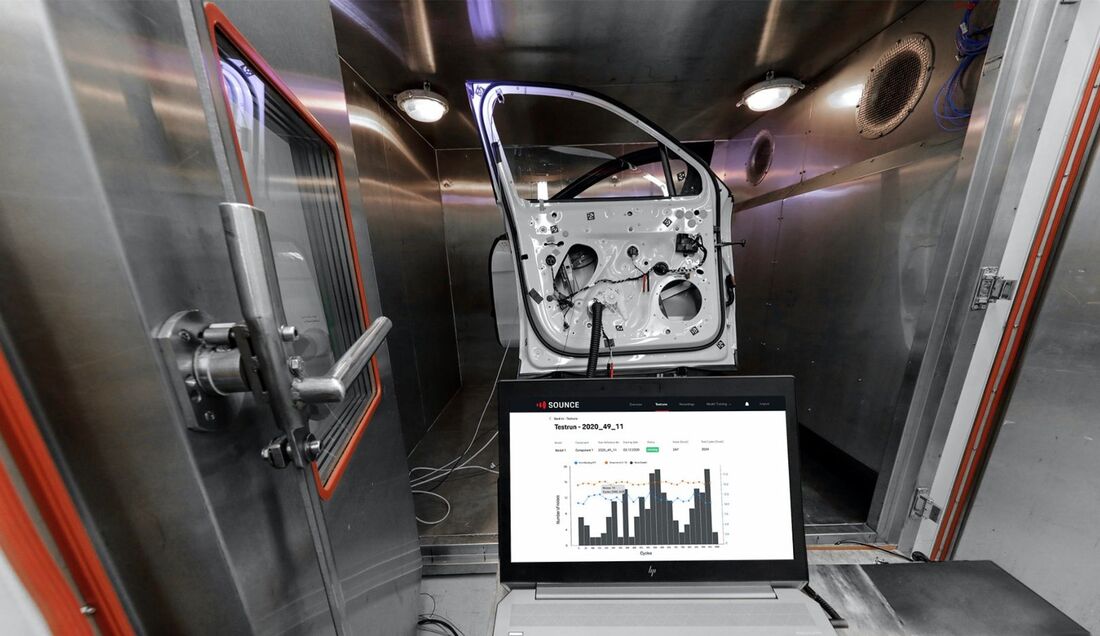
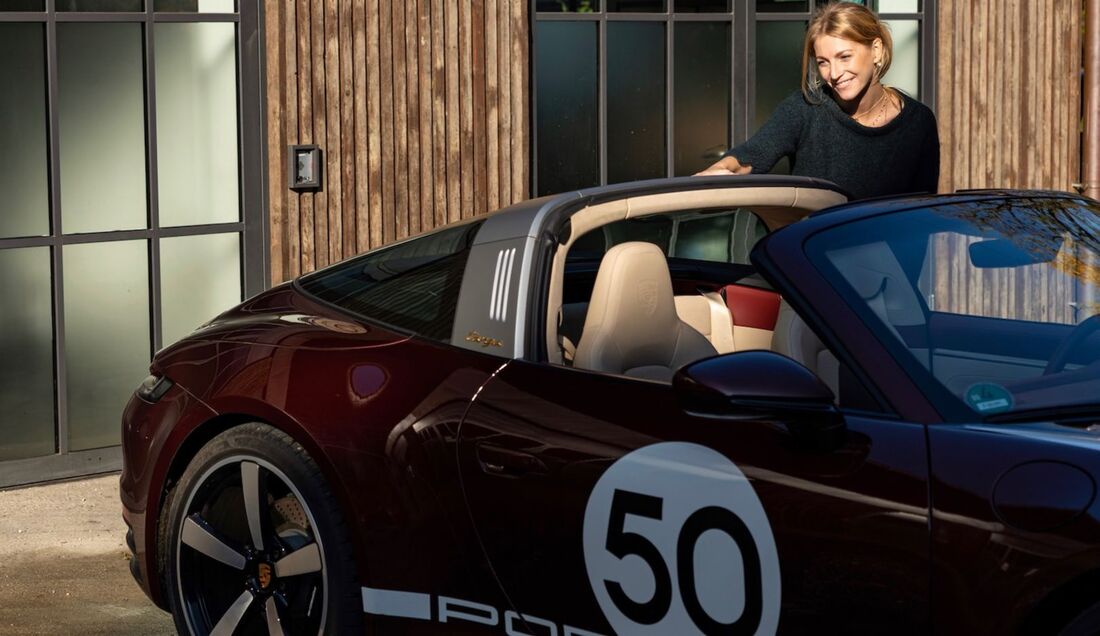
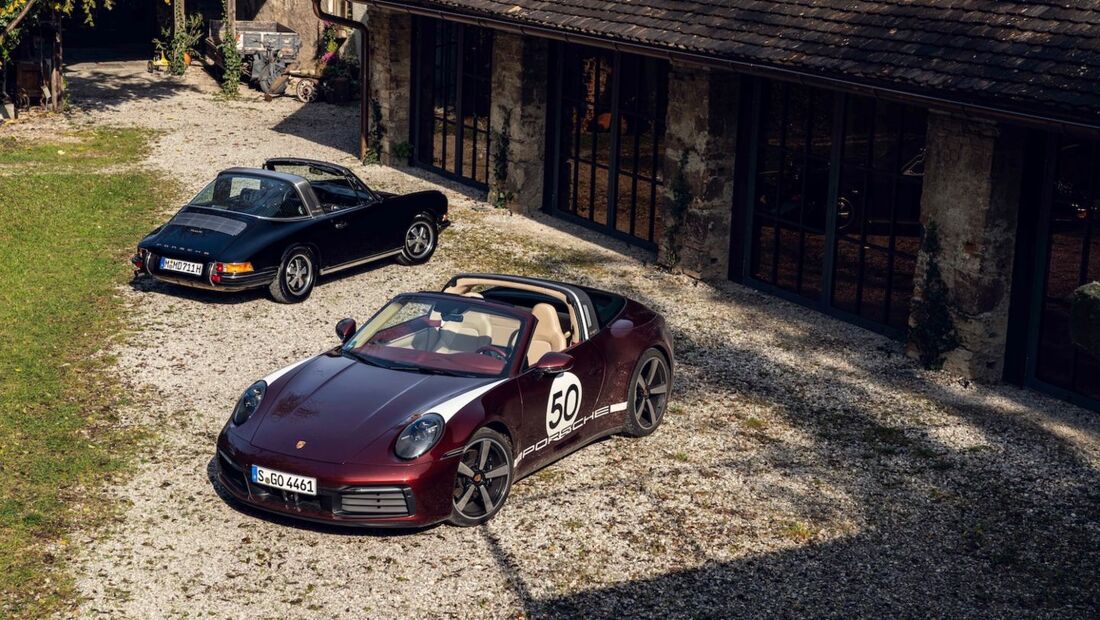
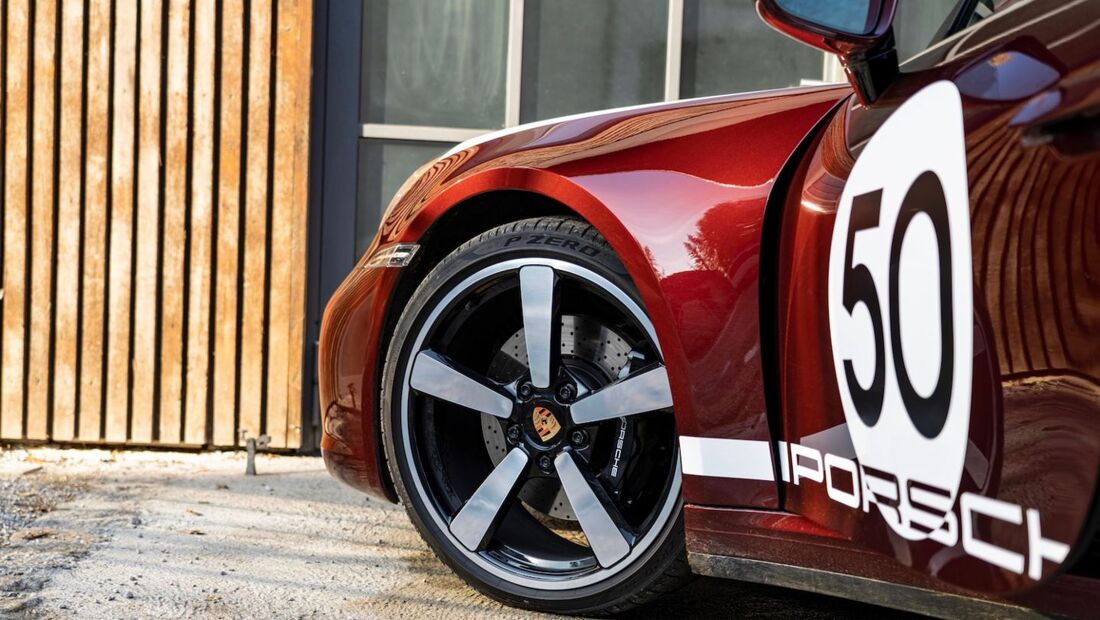
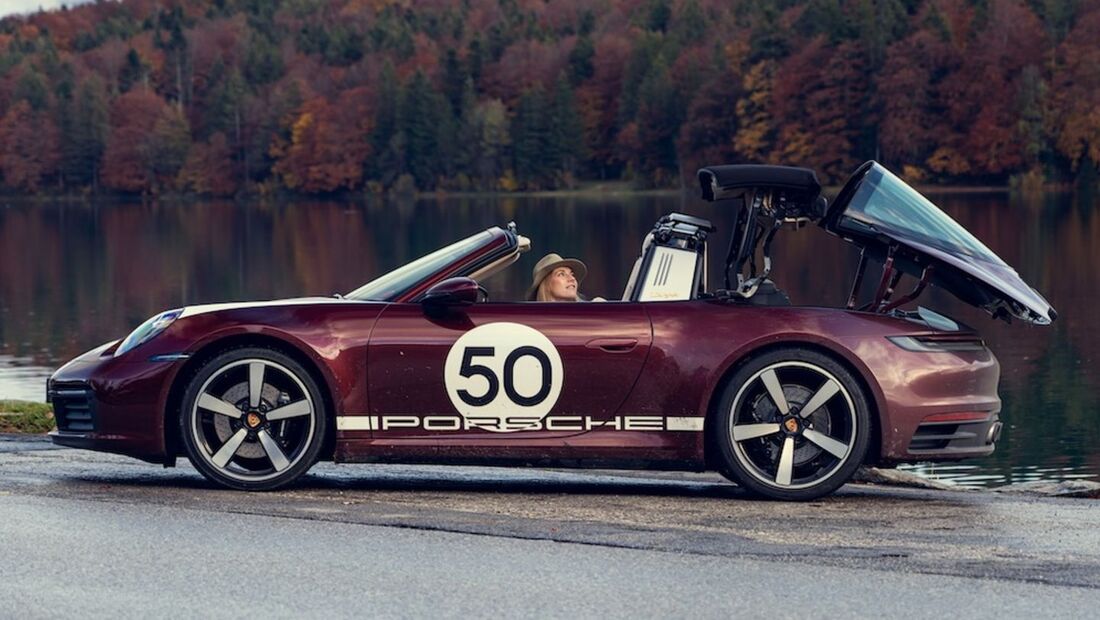
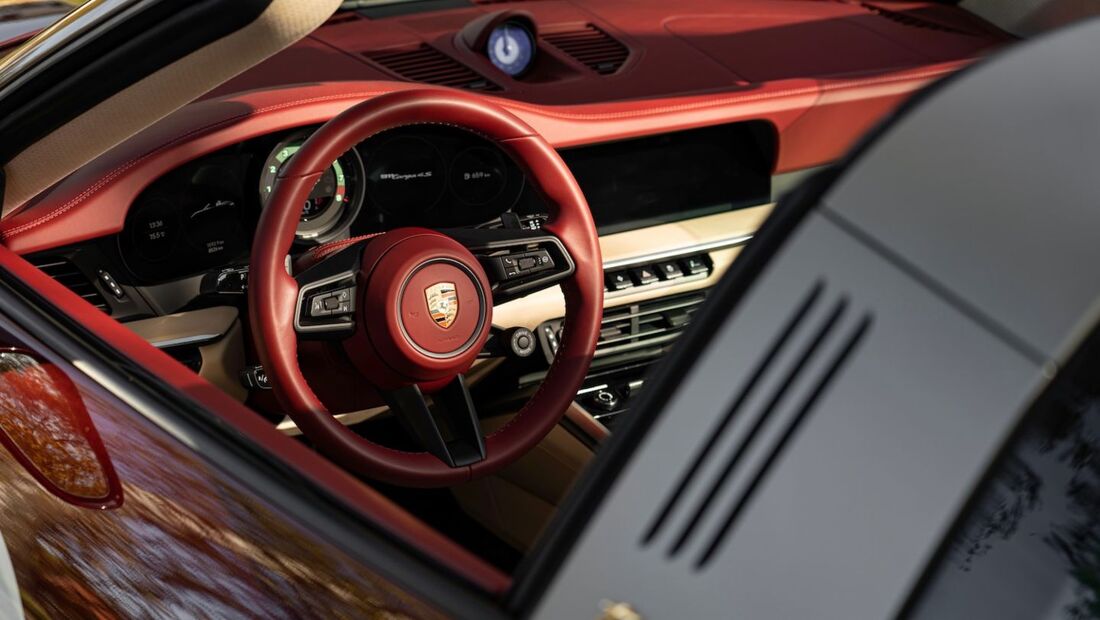
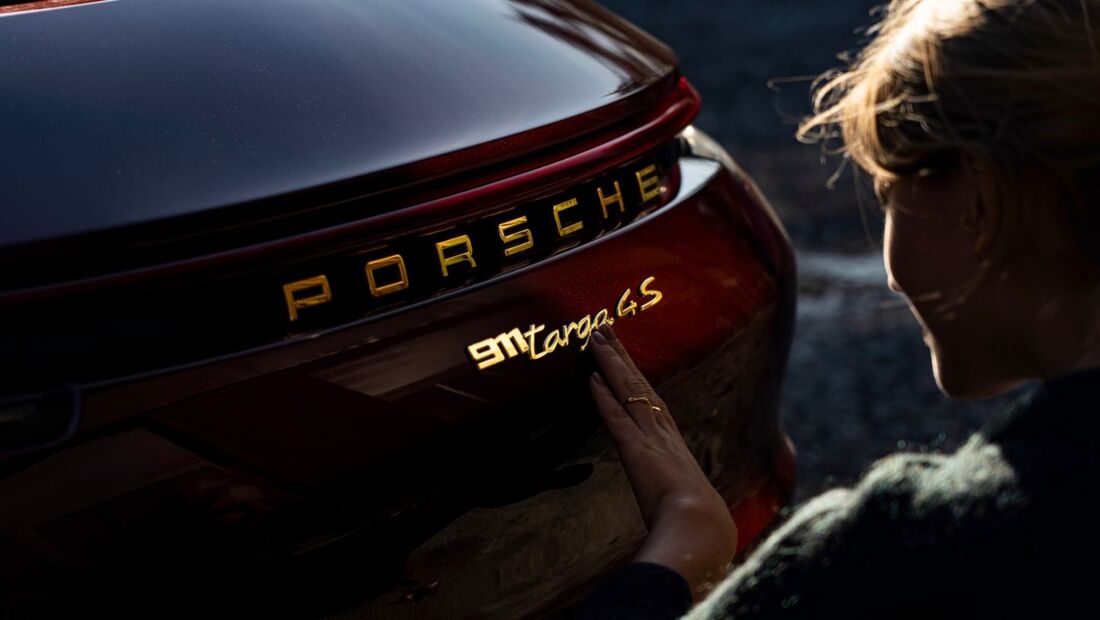
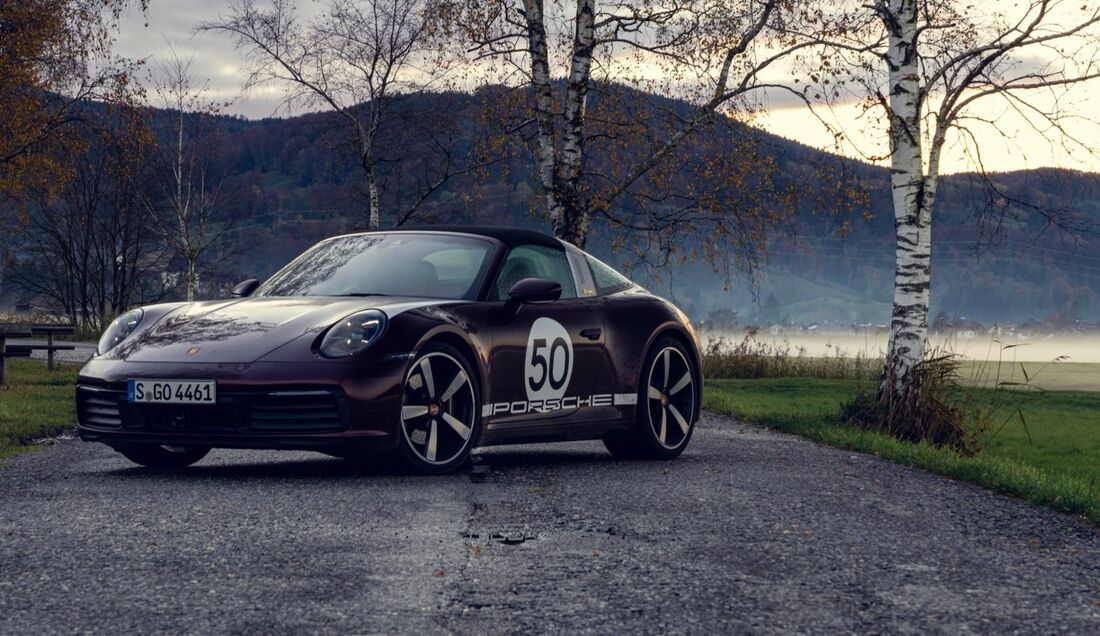

 RSS Feed
RSS Feed